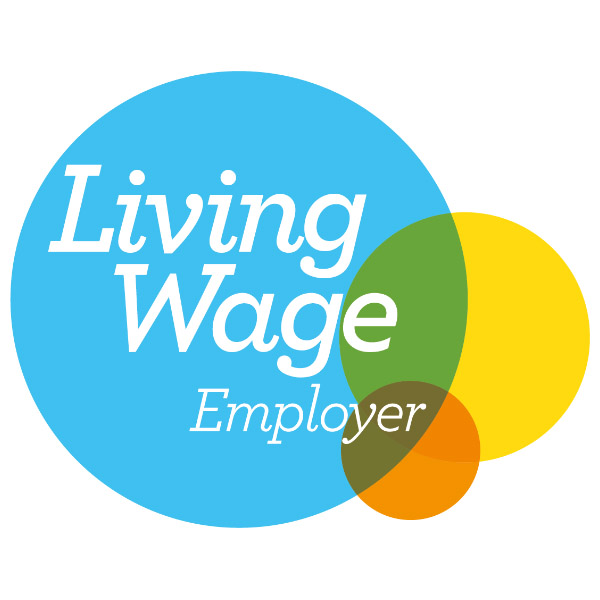Employee handbook
Contents

About Us
Welcome to Patient Choice
Our vision and mission
Patient Choice was founded in 2011 to provide a personal, professional and discreet service which supports clinicians and the wider NHS. We believe it is vital that patients receive quality products and the best service available whether we are dispensing stoma products, lympheedema appliances or something else.
We are committed to ensuring our company is always one that patients can trust and our patient charter supports our commitment to provide patients with a prescription service they can trust.
Our patient charter sets out that we will:
- Make ordering and dispensing prescriptions simple;
- Make home delivery reliable, fast and efficient.
- Ensure patients get the right appliances for their needs;
- Provide the best deal for patients and the NHS.
The Employee Handbook
If you have recently joined our Company, we extend a warm welcome to you and hope that you will enjoy working with us both now and in the future.
We aim to foster a working environment where all employees can operate in a safe, open, and trusting environment, with all employees having respect for each other.
We embrace diversity in the workplace and are committed to ensuring equal opportunities for all our staff. We will not condone any discriminatory acts or attitudes, whether perpetrated by our staff, or towards our staff.
We ask that you ensure you become familiar with the contents of this handbook as it sets out our rules and procedures and other information which may be useful to you. We believe that our staff are our greatest assets. For many of our staff, you are the face of our Company and as such, clients, customers and members of the public will judge us on how you perform your job and present yourself to them. We aim to provide you with the information and skills necessary for you to carry out your job to the best of your ability.
The contents of this handbook is for employees only, and may well be amended from time to time as a result of changing legislation, as our Company’s needs change, or for any other reason we deem appropriate. You will be informed of any such changes as they happen.
Unless otherwise stated, the contents of this handbook are non-contractual. Non-contractual policies do not form part of your employment contract, and we may update them at any time.
Equal opportunities
- Overview
- Aims
- The law
This policy covers all aspects of how you are treated by the Company and everybody we employ. It covers (but isn’t limited) to:
- recruitment;
- pay and conditions of employment;
- training and continuing professional development;
- promotion;
- appraisals;
- grievances and disciplinary matters;
- ending employment;
- giving references;
- how visitors are treated;
- how clients and suppliers are treated; and
- how any other business contacts and associates are treated.
This policy applies to all employees, apprentices, consultants, officers, contractors, interns, volunteers, job applicants, agency, and casual workers.
You should read this policy in conjunction with our other policies, including Harassment and Bullying, Recruitment, and our Grievance Policy.
We will not tolerate discrimination or harassment, and are committed to promoting equal opportunities in employment. Those who work for us, and anyone applying for a job with us, will receive fair and equal treatment.
We ensure, where possible, full access for everyone applying for a vacancy. Decisions about transfers and internal promotions are made, so far as possible, using only objective criteria.
We will never victimise anyone who makes a legitimate complaint to us about harassment or discrimination, or who supports a colleague in their complaint.
The following list gives you a general description of the types of acts that may both breach this policy and be unlawful. Sometimes actions can be intentional, and sometimes unintentional. We include examples of both types in this list:
- Direct discrimination: this is when somebody is treated less favourably because of a protected characteristic than somebody else has been, or would have been, in identical circumstances.
Examples: rejecting a job applicant because of their race, or refusing to promote someone because they are pregnant. - Indirect discrimination: this is when a group of people with one of the protected characteristics (subject to a couple of exceptions) is put at a disadvantage by a provision, criterion or practice applied to all staff unless the treatment is justified for a good business reason.
Examples: refusing a request to work part-time without a good business reason (which indirectly discriminates against women, who are more likely to have childcare responsibilities); insisting all staff work Saturdays without a good business reason (which indirectly discriminates against Jewish employees, who may not be able to work on the Jewish Sabbath). - Associative discrimination: this is where somebody is treated less favourably because of the personal characteristics of somebody else.
Example: treating an employee less favourably because their parents are Jehovah’s Witnesses. - Perceived discrimination: this occurs where someone is treated less favourably because someone wrongly believes they have a particular protected characteristic.
Example: treating an employee less favourably because someone thinks he is gay, when in fact he isn’t gay. - Harassment: this is when a hostile, humiliating, degrading, intimidating or similarly offensive environment is created in relation to a protected characteristic. We also consider it harassment for a worker to be subjected to uninvited conduct related to a protected characteristic that — as an intended or unintended consequence — violates their dignity.
Examples: name calling, lewd comments, excluding colleagues, making insensitive jokes, and displaying pornographic material are all examples of harassment. We deal in detail with this under our separate policy on Harassment and Bullying. - Victimisation: in a legal context, ‘victimisation’ has a much more restricted meaning than in real life. It happens when a worker has complained about harassment or discrimination, or has supported a colleague in their complaint, and is then treated less favourably as a result.
Examples: an employee who is ‘sent to Coventry’ because they spoke up on behalf of one of their colleagues in a harassment investigation, or an employee who is dismissed under a pretext because they have complained of discrimination.
The ‘protected characteristics’ are:
- age;
- race (which includes colour and ethnic/national origin);
- disability;
- religion or belief;
- sex;
- gender reassignment;
- pregnancy or maternity;
- sexual orientation; and
- marital or civil partnership status.
There are other actions which can be unlawful under the equal opportunities legislation. Examples include:
- failure to make reasonable adjustments to minimise certain disadvantages suffered by a disabled employee (or job applicant);
- instructing another person (or applying pressure on them) to discriminate;
- knowingly assisting somebody else when they carry out a discriminatory act; and/or
- discriminating against somebody believed to have a protected characteristic, whether or not they actually do, or because they associate with a third party who does.


